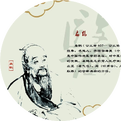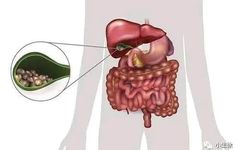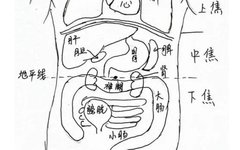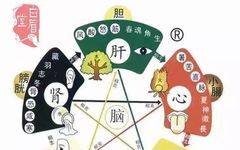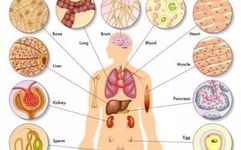The Connection Between the Small Intestine and Heart: Resolving Persistent Neck and Shoulder Issues Caused by Cold
Nowadays, neck and shoulder issues are a common “standard configuration” for many modern individuals. Once afflicted, symptoms can range from mild neck and shoulder pain, soreness, and swelling to severe cases of numbness in the hands, dizziness, and even palpitations. Friends often consult me, saying that after moxibustion, their discomfort disappears, but if they stop … Read more

